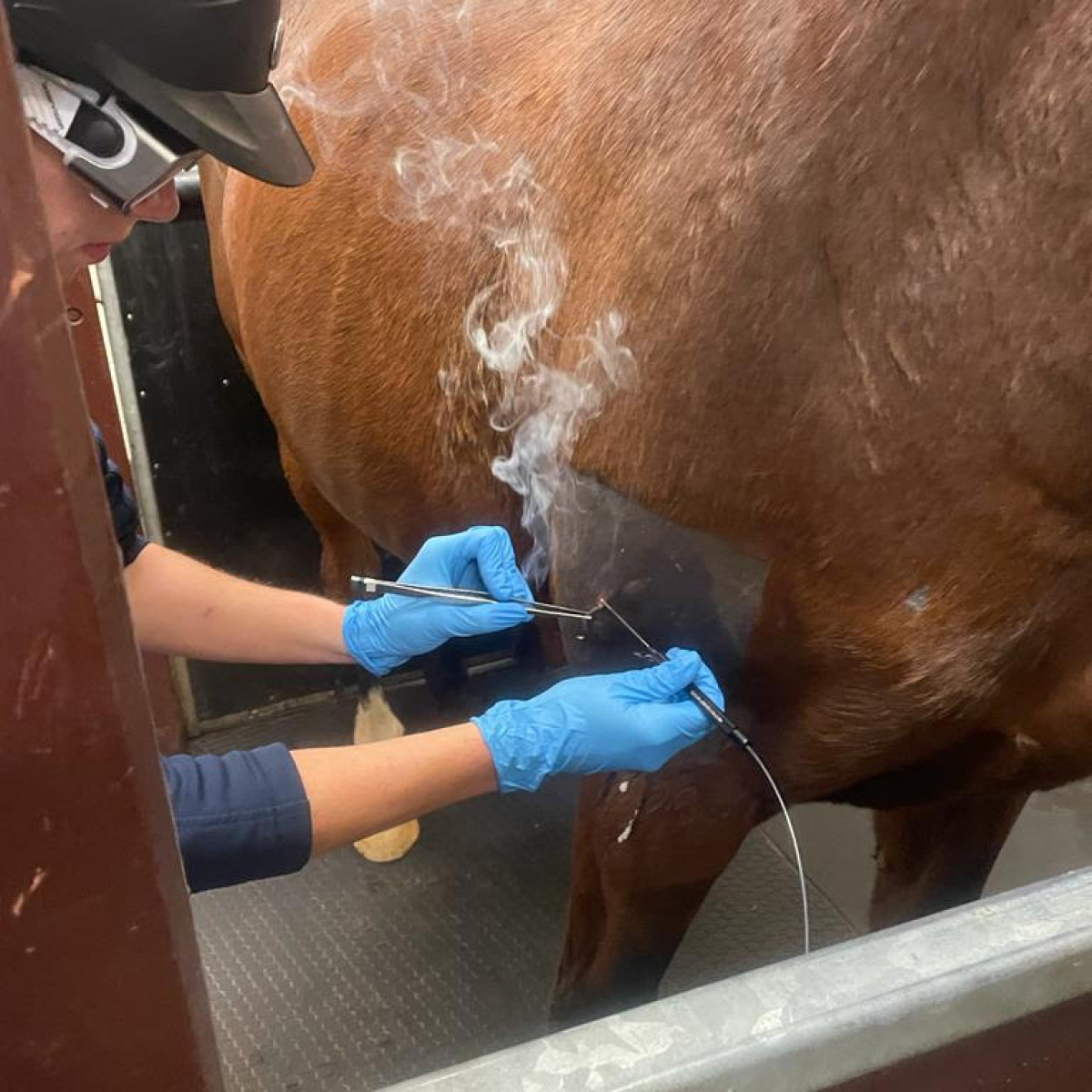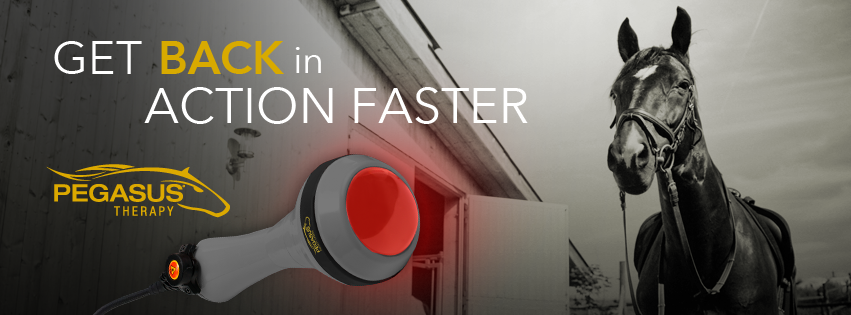Reviewing the Efficiency of Laser Treatment in Equine Therapy for Injury Rehabilitation
The evaluation of laser therapy's effectiveness in equine injury rehabilitation hinges on multiple elements, including recovery time, pain mitigation, and tissue regrowth. Veterinarians often observe remarkable results with laser therapy compared to conventional methods, positioning it as an essential aspect in equine care.
Understanding Laser Treatment
Laser treatment has actually come to be a critical device in veterinary medication, specifically in the therapy of equine problems. Known for its non-invasive nature and efficacy, laser therapy entails the application of details wavelengths of light to stimulate cells repair service and minimize inflammation. This healing modality is increasingly favored for its ability to increase the healing procedure in horses enduring from a range of bone and joint injuries and chronic problems.
The primary system behind laser treatment is its capability to boost cellular functions. Additionally, laser therapy promotes vasodilation, improving blood circulation and oxygen delivery to broken tissues, therefore speeding up healing.
In equine medicine, laser therapy is particularly helpful for problems such as tendonitis, osteoarthritis, and wound recovery. The method is admired for its pain-relieving residential properties, enabling steeds to regain flexibility and feature extra rapidly. Veterinarians additionally appreciate its minimal negative effects contrasted to various other treatment techniques, making it a trustworthy and secure choice for equine care.

Just How Laser Therapy Functions

Upon absorption, these photons cause a series of biochemical changes, improving mitochondrial function and bring about increased adenosine triphosphate (ATP) production. This increase in ATP speeds up cellular metabolism, advertising tissue repair work and regeneration. In addition, laser treatment modulates inflammatory actions by affecting cytokine degrees and minimizing oxidative stress, consequently reducing pain and swelling.
An additional considerable aspect of laser therapy is its role in enhancing microcirculation. The treatment advertises vasodilation, boosting blood circulation and oxygen delivery to broken tissues (Equine Therapy). This assists in the removal of mobile particles and supports the proliferation of fibroblasts and collagen synthesis, important for wound healing
Professional Proof
The efficiency of laser therapy in equine therapy has been validated with different scientific research studies, showcasing its therapeutic prospective across a series of conditions. Numerous controlled trials and empirical research studies have actually documented considerable improvements in tissue repair work, pain reduction, and general recovery timelines. A study carried out by Turner et al. (2012) showed that horses treated with low-level laser therapy (LLLT) for tendon injuries displayed increased recovery contrasted to those receiving traditional therapies. The research study highlighted a marked reduction in inflammation and enhanced collagen development.
Likewise, research by Johnson and associates (2015) focused on equine muscular tissue injuries, revealing that laser therapy dramatically sped up muscular tissue fiber regeneration and minimized muscle mass tightness. These findings were proven by histological analyses revealing enhanced muscle mass tissue organization. Additionally, professional assessments have shown that laser treatment can ease chronic conditions such as osteoarthritis. A study by Smith et al. (2018) reported that equines with read review osteoarthritic joints experienced notable pain alleviation and increased series of activity complying with a routine of laser therapy sessions.
Veterinarian Insights

Veterinarians also value the convenience of laser treatment. She directs out that laser therapy can be tailored to the details requirements of each equine, ensuring optimal results.
Moreover, veterinarians value the capability to integrate laser therapy with various other treatment techniques. This multimodal approach can improve overall treatment efficiency, supplying an extensive option for equine recovery. Such recommendations from seasoned professionals underscore the growing acceptance and application of laser treatment in equine medication.
Practical Considerations
A key element of carrying out laser therapy in equine therapy entails comprehending the useful factors to consider that ensure its efficiency and safety. It is critical to select the appropriate laser gadget, as numerous types differ in wavelength, power, and penetration depth. Veterinarians must be fluent in these criteria to tailor therapy protocols properly to every injury type
In addition, the frequency and period of laser therapy see here sessions need mindful planning to make the most of healing benefits while reducing any kind of potential negative results. Consistent tracking of the steed's response to treatment can direct required adjustments in the treatment routine. Establishing a risk-free and regulated environment during therapies is additionally vital to protect against accidental exposure to laser discharges, which can harm both the horse and the trainer.
Training and qualification of employees providing laser therapy are extremely important to make certain proper technique and to copyright safety and security standards. Furthermore, preserving exact documents of each session, consisting of laser setups and observed end results, is essential for evaluating the overall effectiveness of the treatment and for making data-driven decisions.
Final Thought
Laser treatment has emerged as an efficient technique in equine injury rehabilitation, providing substantial benefits in recovery time, discomfort relief, and cells recovery. For optimal outcomes, continual surveillance and customized therapy methods stay essential in leveraging the complete possibility of laser treatment in equine treatment.
Comments on “Everything You Need to Know About Equine Therapy for Mental Health”